By Lesley Gist, The Gist of Freedom
Let Us Build a National Negro Congress . (In Memory of Bishop Richard Allen)
The National Negro Congress was established in 1936 to “secure the right of the Negro people to be free from Jim Crowism, segregation, discrimination, lynching, and mob violence” and “to promote the spirit of unity and cooperation between Negro and white people.” It was conceived as a national coalition of church, labor, and civil rights organizations that would coordinate protest action in the face of deteriorating economic conditions for blacks. The National Negro Congress (NNC) was the culmination of the Communist Party’s Depression-era effort to unite black and white workers and intellectuals in the fight for racial justice, and marked the apex of Communist Party prestige in African American communities. This collection comprises of the voluminous working files of John P. Davis and successive executive secretaries of the National Negro Congress. Beginning with papers from 1933 that predate the formation of the National Negro Congress, the wide-ranging collection documents Davis’s involvement in the Negro Industrial League and includes the “Report Files” of Davis’s interest and work on the “Negro problem.”
In 1815, Pennsylvania Abolition Society supported Richard Allen of the Bethel Church in their successful legal battle against takeover by the white Methodist leadership.
Pennsylvania Abolition Society was listed along with Allen in the certificate that formally transferred ownership of the property on which Bethel stood.
As early as 1688, four German Quakers in Germantown near Philadelphia protested slavery in a resolution that condemned the “traffic of Men-body.” By the 1770s, abolitionism was a full-scale movement in Pennsylvania. Led by such Quaker activists as Anthony Benezet and John Woolman, many Philadelphia slaveholders of all denominations had begun bowing to pressure to emancipate their slaves on religious, moral, and economic grounds.
In April 1775, Benezet called the first meeting of the Society for the Relief of Free Negroes Unlawfully held in Bondagevii at the Rising Sun Tavern. Thomas Paineviii was among the ten white Philadelphians who attended; seven of the group were Quakers. Often referred to as the Abolition Society, the group focused on intervention in the cases of blacks and Indians who claimed to have been illegally enslaved. Of the twenty-four men who attended the four meetings held before the Society disbanded, seventeen were Quakers.
PAS reorganized once again in 1787. While previously, artisans and shopkeepers had been the core of the organization, PAS broadened its membership to include such prominent figures as Benjamin Franklin and Benjamin Rush, who helped write the Society’s new constitution. PAS became much more aggressive in its strategy of litigation on behalf of free blacks, and attempted to work more closely with the Free African Society in a wide range of social, political and educational activity
In 1787, PAS organized local efforts to support the crusade to ban the international slave trade and petitioned the Constitutional Convention to institute a ban. The following year, in collaboration with the Society of Friends, PAS successfully petitioned the Pennsylvania legislature to amend the gradual abolition act of 1780. As a result of the 2000-signature petition and other lobbying efforts, the legislature prohibited the transportation of slave children or pregnant women out of Pennsyvania, as well as the building, outfitting or sending of slave ships from Philadelphia. The amended act imposed heavier fines for slave kidnapping, and made it illegal to separate slave families by more than ten million.
Negro Convention
In September 1830, black representatives from seven states convened in Philadelphia at the Bethel AME church for the first Negro Convention. A civic meeting, it was the first on such a scale organized by African-American leaders. Allen presided over the meeting, which addressed both regional and national topics. The convention occurred after the 1826 and 1829 riots in Cincinnati, when whites had attacked blacks and destroyed their businesses. After the 1829 rioting, 1200 blacks left the city to go to Canada.[6] As a result, the Negro Convention addressed organizing aid to such settlements in Canada, among other issues. The 1830 meeting was the beginning of an organizational effort known as the Negro Convention Movement, part of 19th-century institution building in the black community.[7] Conventions were held regularly on a national level.
The National Negro Congress
National Negro convention
Source: Facebook





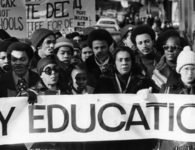
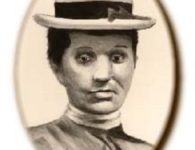
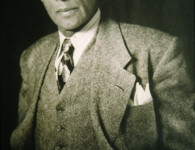
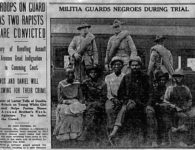
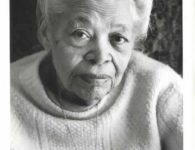
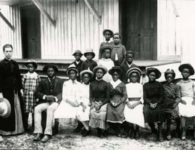






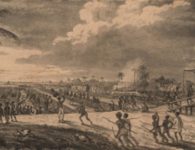
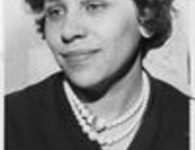
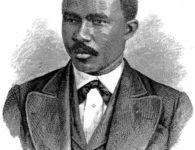

No comments